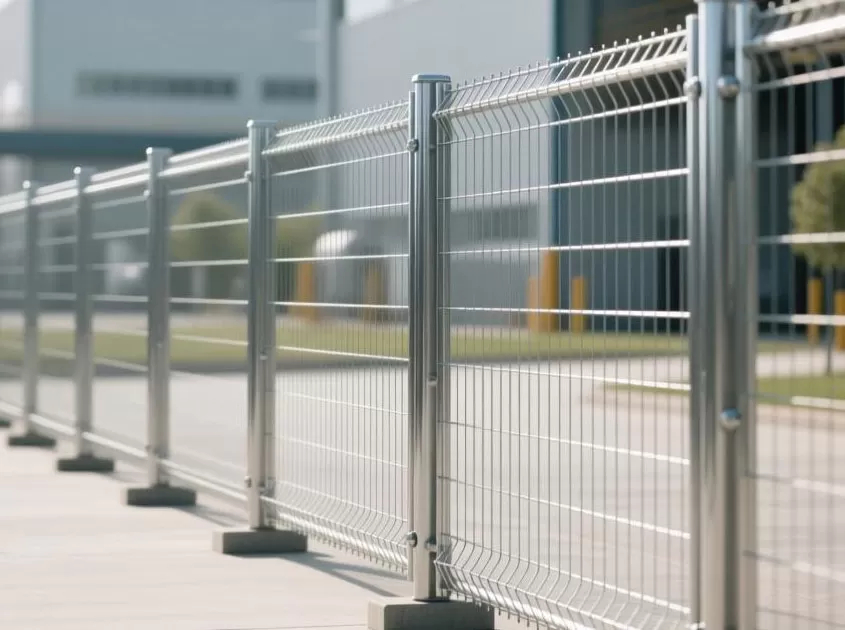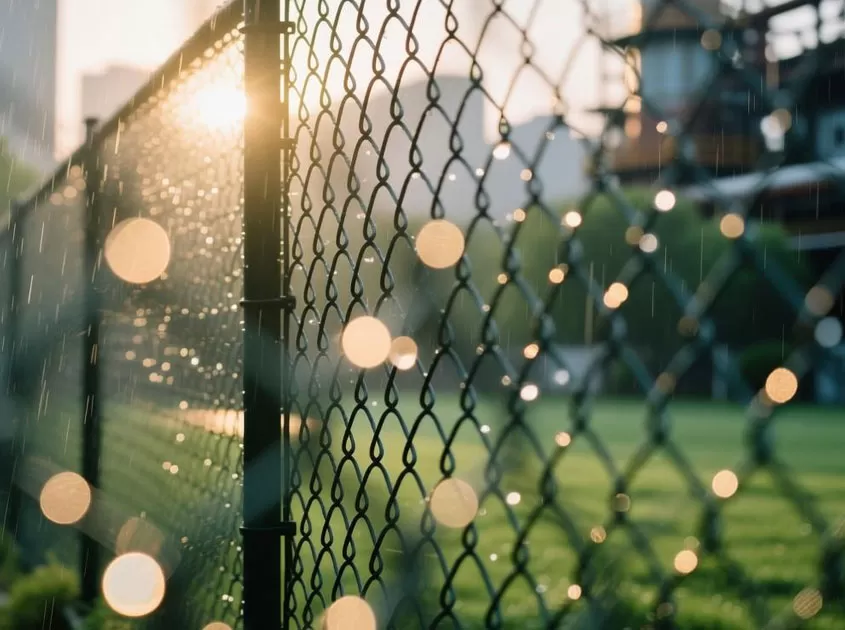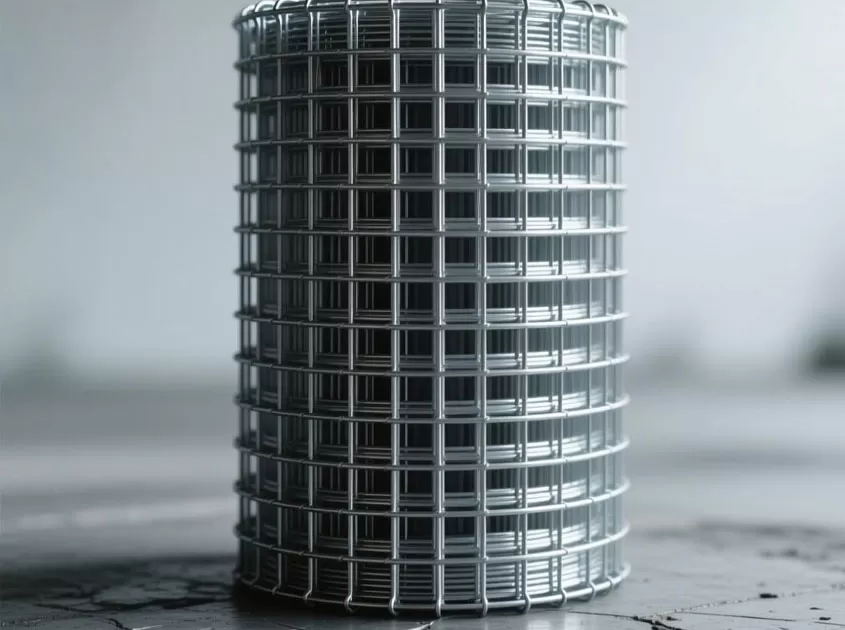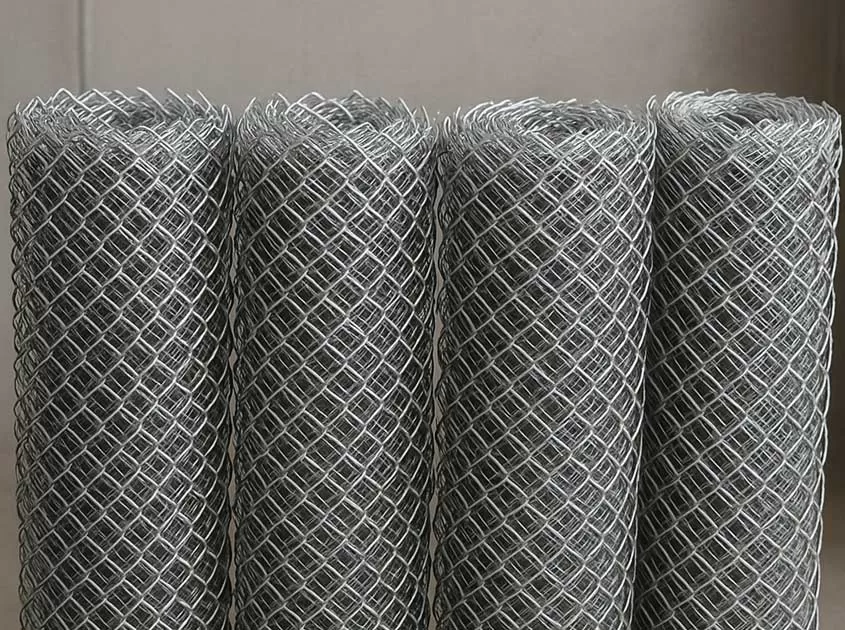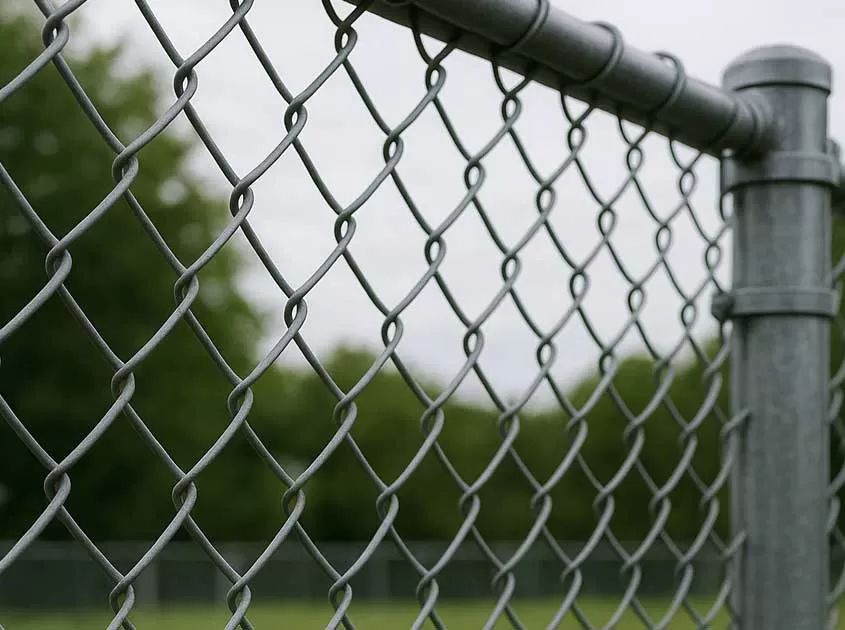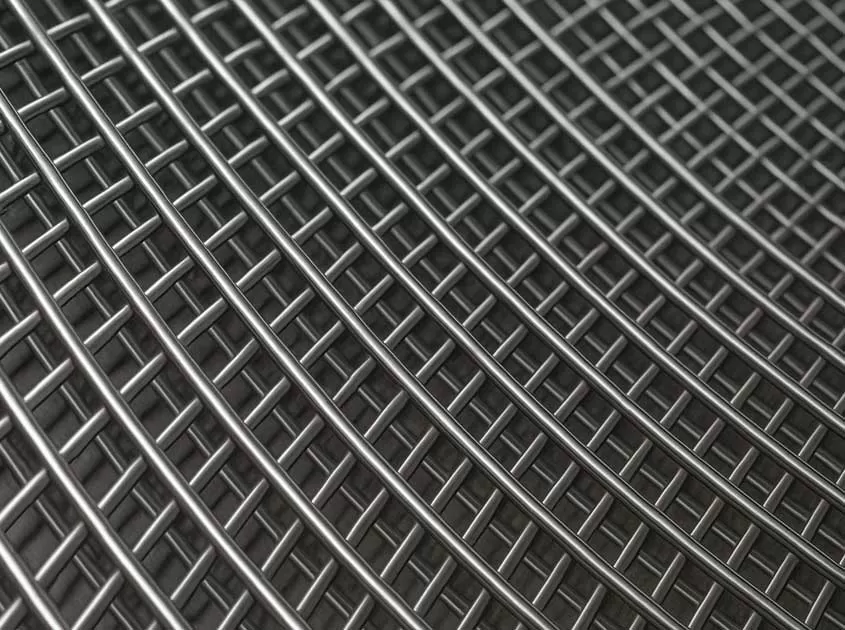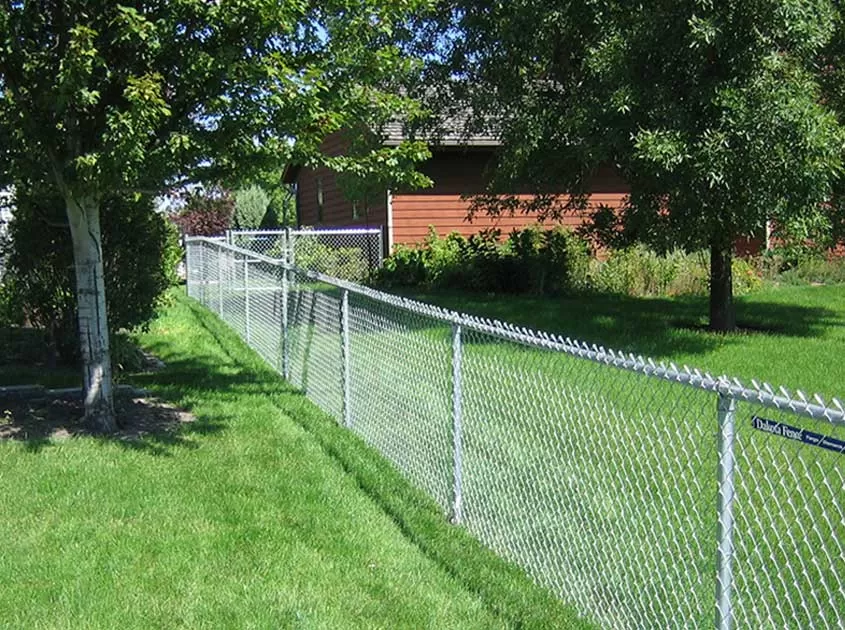What are the reasons for the corrosion of chain link fence
What causes corrosion of the chain link fence?
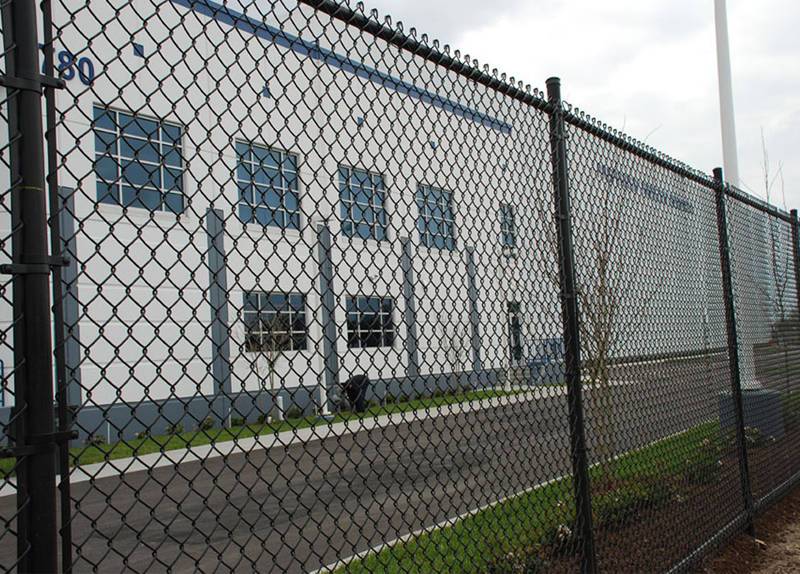
The chemical corrosion of chain link fence refers to the corrosion caused by the direct chemical reaction between the steel and the surrounding medium. Most corrosion is oxidation, which causes loose oxides on the steel surface. At room temperature, a thin passivation oxide protective film FeO will be formed on the surface of the steel. It is loose and easily broken. Hazardous media can further enter and react to cause corrosion. In a dry environment, corrosion progresses slowly, and the degree of reaction increases with increasing temperature and humidity.
The electrochemical corrosion of the chain link fence is caused by the formation of galvanic cells on the gold surface. Steel itself contains iron, carbon and other ingredients. Due to the different electrode potentials of these elements, many miniature batteries are formed. In the humid air, a thin film of water is adsorbed on the surface of the steel. In the anode zone, iron is oxidized to Fe 2+ and enters the water film. Due to the dissolved oxygen in the water, the oxygen in the cathode zone is reduced to OH. These two oxides combine to form insoluble Fe(OH)2, which is further oxidized into loose and easily peeled reddish-brown rust (OH)3.
When the barbed wire is corroded, the volume will increase to six times its original volume. The above is the relevant content of the chain link fence.
-
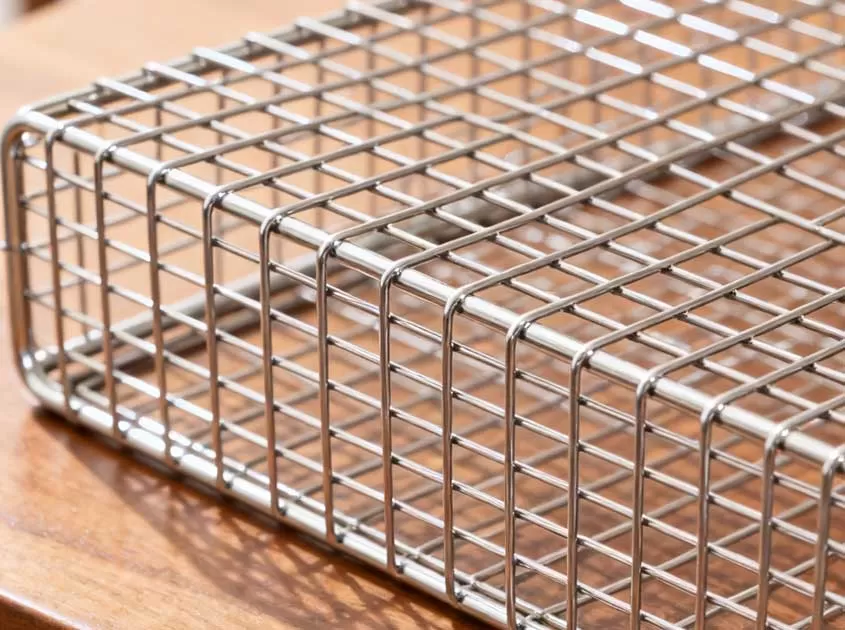 Corrosion-Resistant Stainless Steel Wire Mesh Oct 28, 2025
Corrosion-Resistant Stainless Steel Wire Mesh Oct 28, 2025

- Tel.: +86 311 83077076
- E-mail: sales@qunkunmetal.com
- Skype: qunkunsales01
- WhatsApp: 8618032412189
- Add.: No.69 The Filter Industrial Part of Anping, Hebei, China




